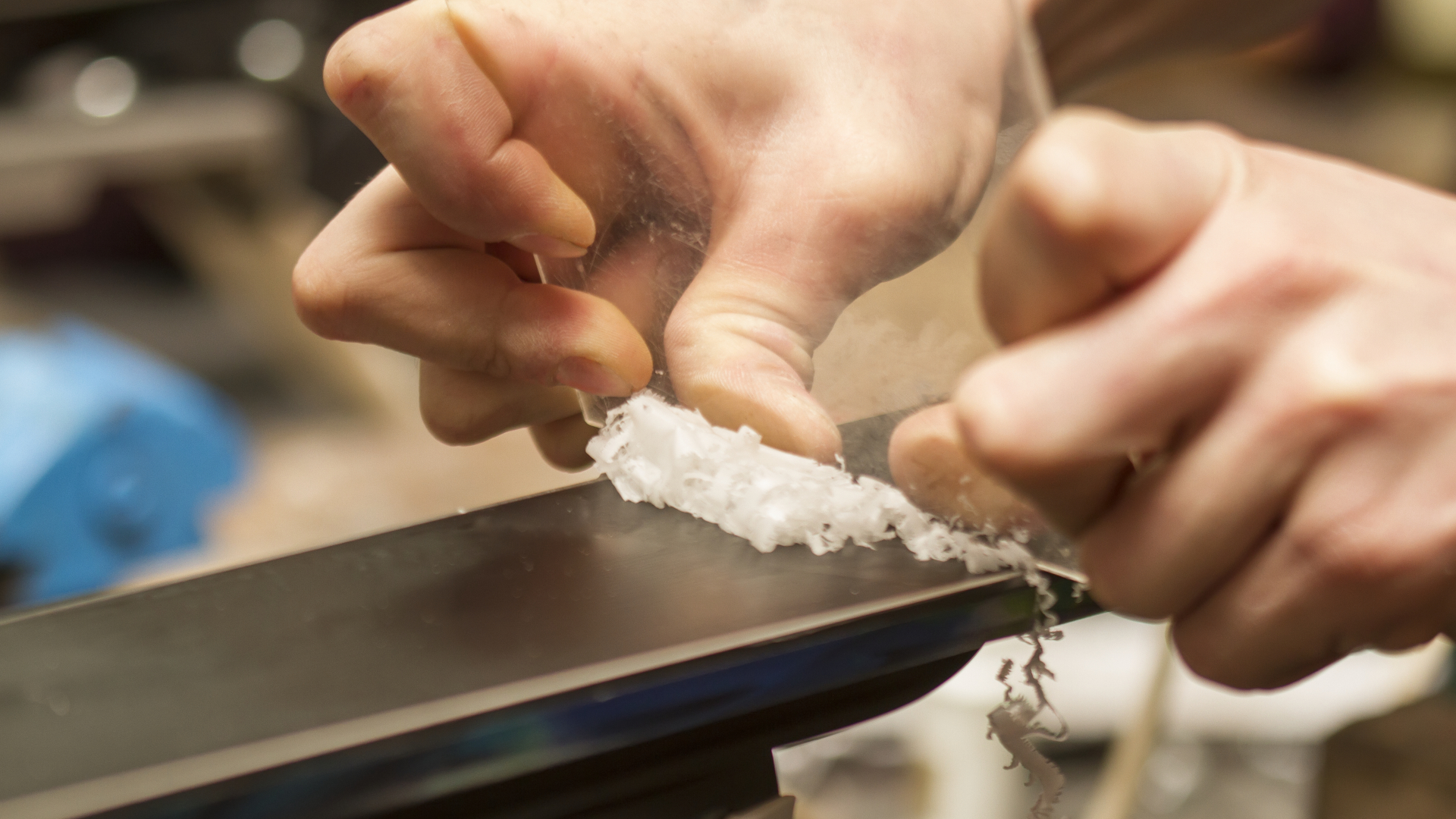8 spring skiing tips to end your season in style
Learn all about spring snow conditions, what to wear on the slopes for spring and even what time you want to start and stop skiing to beat the sticky slush

For many of us, spring is the best time to ski. Yes, the season’s powder days are probably behind us, but with milder weather and the end of the season looming, there’s a celebratory vibe at the resort that’s hard to resist.
Spring skiing means fun events like pond skimming, live music at aprés and sometimes even discounted lift tickets and hotel rooms. Sure, you’ll spend as much time at the party as you will making turns, but that’s what it’s all about – one last epic hurrah.
If you’re going spring skiing for the first time, however, it can be quite different to skiing in January when it comes to snow conditions, what to wear and even what time you want to start and stop skiing. Read on for our 8 best spring skiing tips to make sure you end your season in style.
1. Wax your skis
It’s not impossible to get amazing conditions in the spring, but the longer days and warming temperatures often bring sticky snow, especially as the season wears on. This type of snow can grab at your skis and make it difficult to glide or turn, and might even increase your risk of injury. Now is a great time to wax your skis, preferably using a spring ski wax like this one on Amazon that’s built for warmer temperatures, so you can glide all the way to closing day.

2. Avoid the holidays
Even though the conditions aren’t usually the best, spring brings out a lot of skiers, what with Spring Break and Easter both falling within the last 4 - 6 weeks that many resorts are open. If you have the flexibility, try to avoid these particular holidays as things can get a little rowdy, especially if the resort is starting to close terrain due to limited snow. Outside of these holidays, you’ll practically have the resort to yourself.
3. Hit snooze
The freeze/thaw cycle that warm days and cold nights brings means that mornings are always icy and if you aim for first chair, you’ll spend your first hour on the hill clattering down the rock hard groomers. Come spring, you don’t need to get out on the slopes until about mid-morning, and if it’s a big resort, avoid shaded slopes and start on slopes that are east and south facing so that the sun has a chance to soften things up.

4. Lighten up your layers
If you haven’t skied since January, you might just move into autopilot and start pulling on your balaclava and thermal underwear but come the spring, you might be sweating before you’re finished with your first run. Always check the mountain weather forecast first, but at this time of year, you might be able to get away with a softshell jacket over a short sleeved base layer, softshell ski pants, your thinnest ski socks and liner gloves.
All the latest inspiration, tips and guides to help you plan your next Advnture!
5. Lather up
You might have got a little sleepy on the old sunscreen over winter if all of your skin was covered by clothing, but it’s time to get disciplined about applying it again. If you’re wearing a short sleeved tee, make sure you lather up your arms and hands as well as your face and neck since there’s every chance you’ll be warm enough that your jacket will come off and as you probably now, the snow magnifies the sun’s harmful rays.

6. Watch for rocks
Once the snow starts to get thin, rocks and other hazards might start to peak through and these can do a number on your newly waxed skis. Keep your eyes open and stay in control so you have plenty of time to avoid rocks as well as patches of grass.
7. Aim high
Once the snow starts to soften up, it won’t be long before it can turn into a slushy mess, so by lunch time you’re going to want to be skiing at the top of the mountain where it’s coldest and avoiding runs that take you all the way to the bottom. If you can't avoid the slush, make sure you keep your skis close together and don't be afraid to pick up a little speed: it can help.
8. Wrap up early
It may be tempting to try to squeeze in as much skiing as possible before closing day, but by early afternoon, the jig is usually up and the entire mountain can be a sloppy mess if the weather is fine, which means it’s time to high tail it out of there before you get hurt. Don’t plan on getting much skiing in after lunch (or ski through lunch and have a late meal when you finish) and focus on getting yourself to a lovely sunny deck where you can relax and watch the yard sale on the slopes.
Julia Clarke is a staff writer for Advnture.com and the author of the book Restorative Yoga for Beginners. She loves to explore mountains on foot, bike, skis and belay and then recover on the the yoga mat. Julia graduated with a degree in journalism in 2004 and spent eight years working as a radio presenter in Kansas City, Vermont, Boston and New York City before discovering the joys of the Rocky Mountains. She then detoured west to Colorado and enjoyed 11 years teaching yoga in Vail before returning to her hometown of Glasgow, Scotland in 2020 to focus on family and writing.

